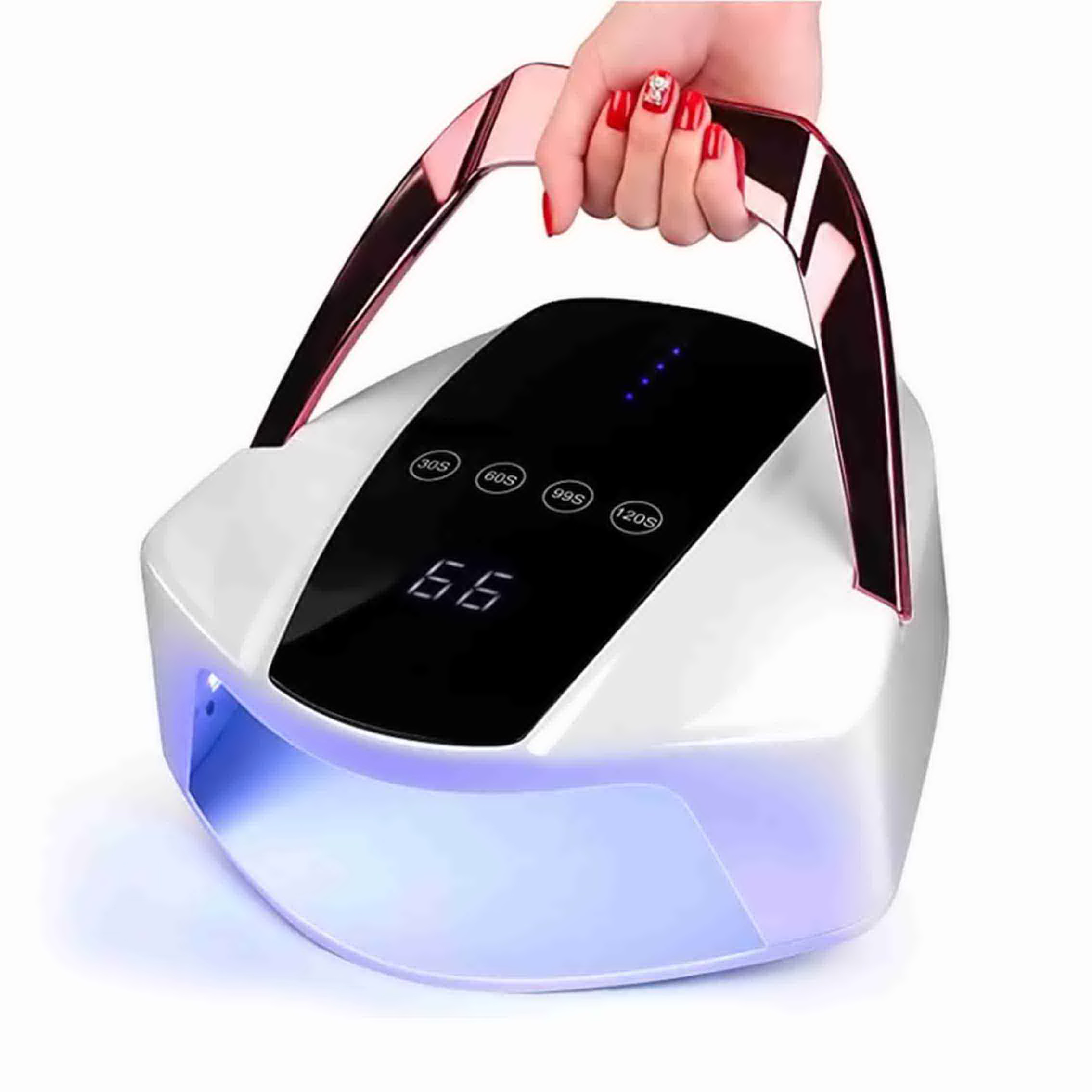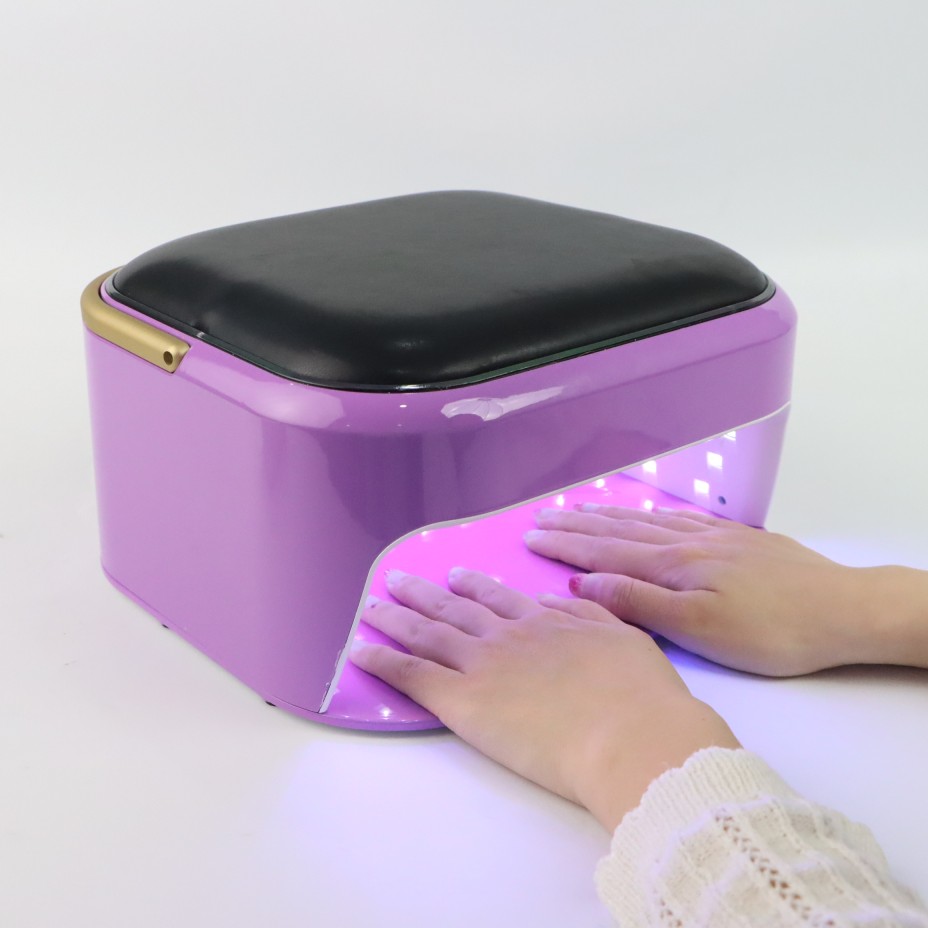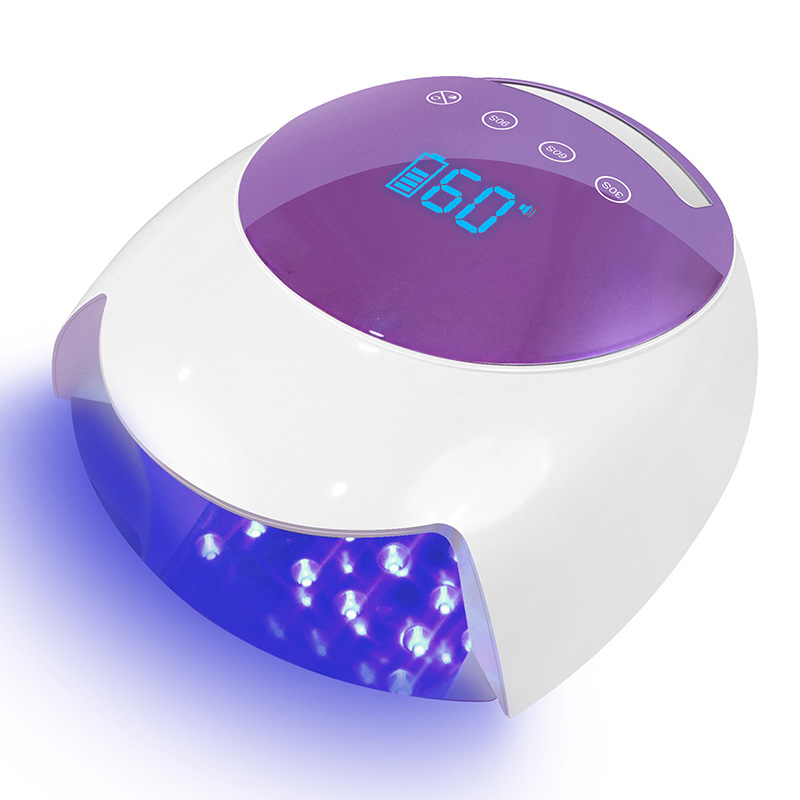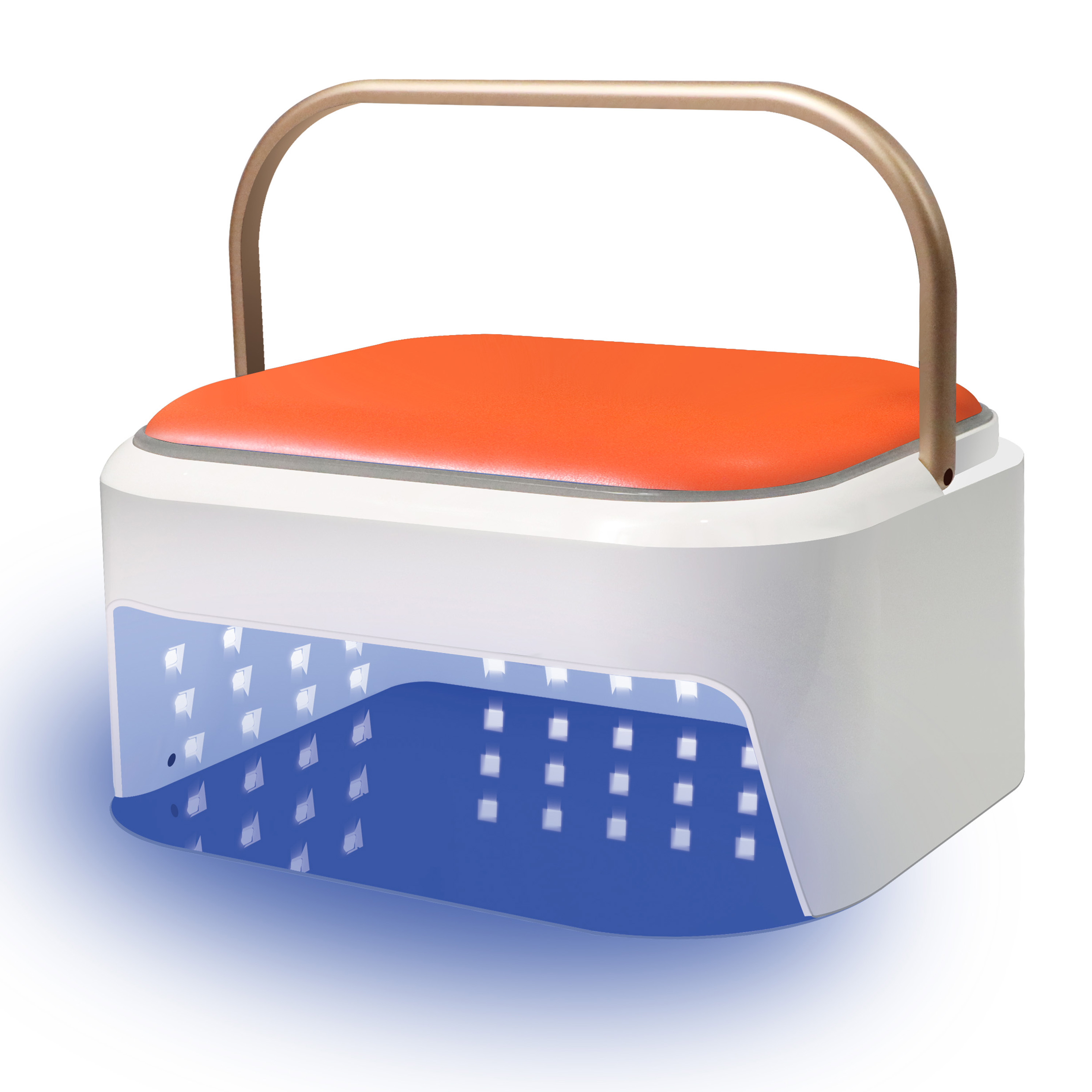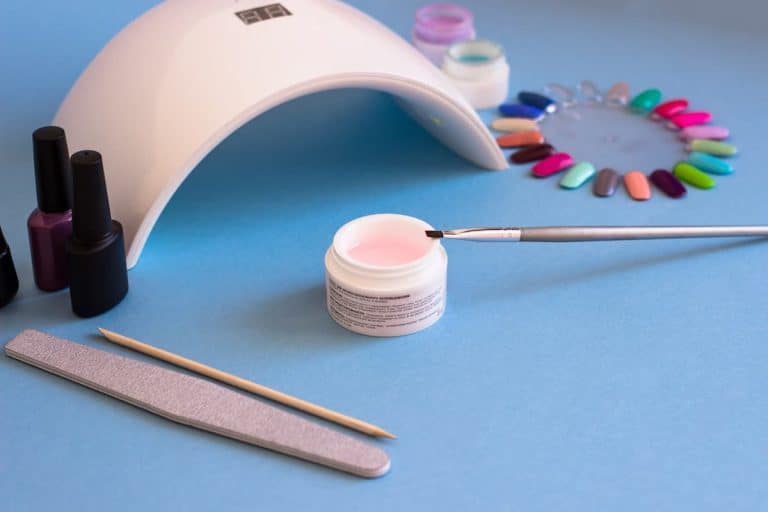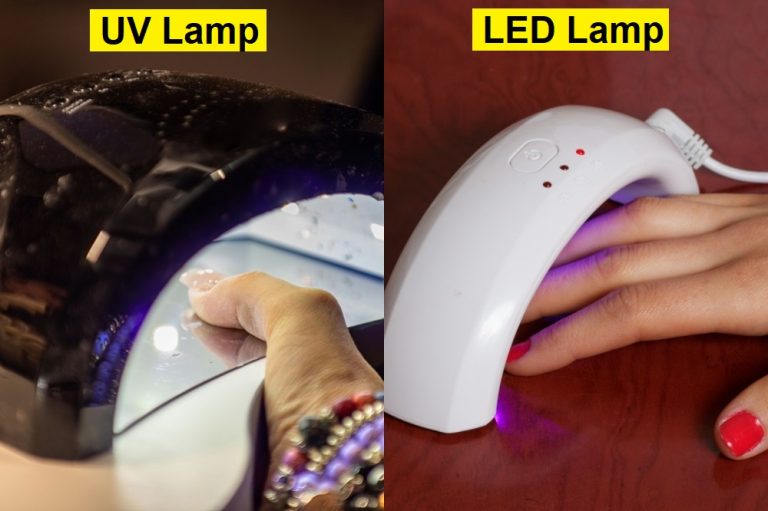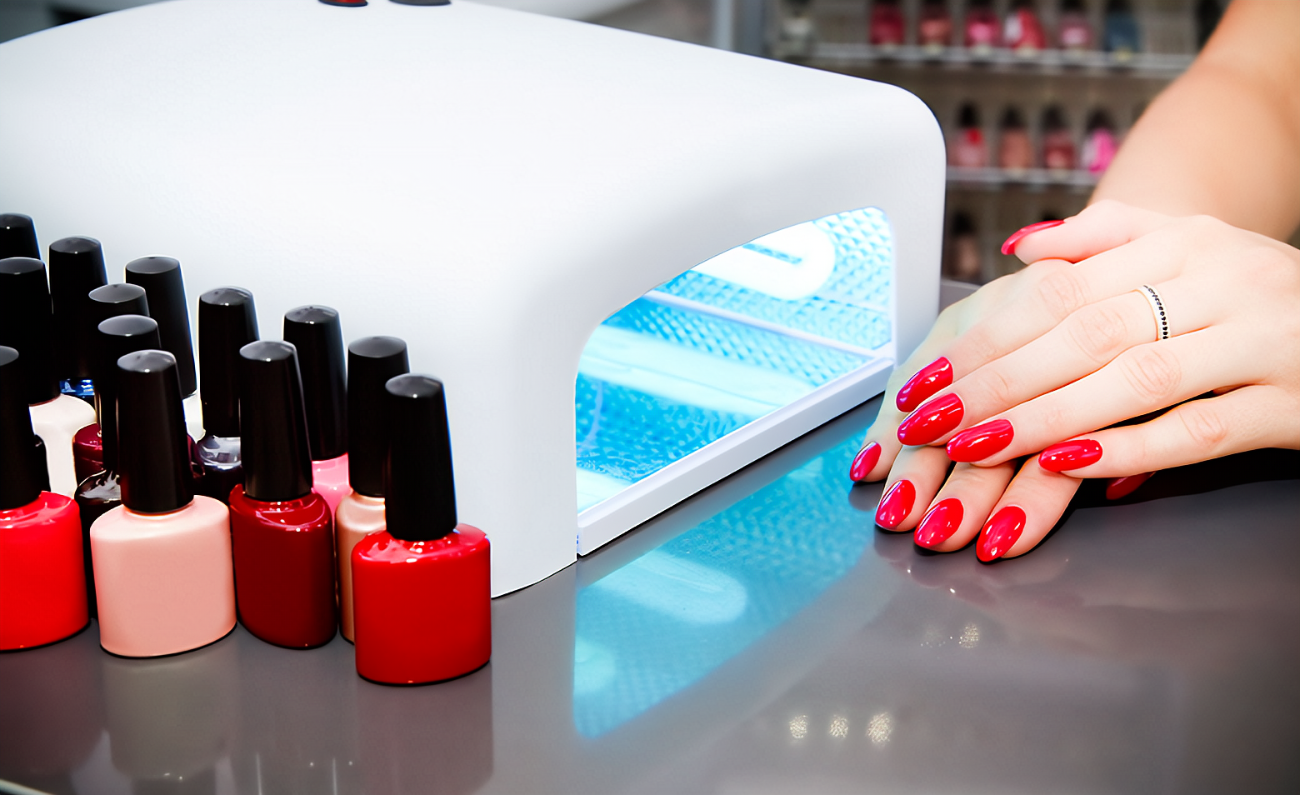In the world of manicures, LED nail lamps and UV nail lamps are commonly used for curing nail polish and gels. With concerns about safety, it’s important to understand the key differences between these two types of nail lamps and determine which one is safer for use.
LED nail lamps utilize Light Emitting Diodes, while UV nail lamps rely on Ultraviolet light technology. This article aims to provide a comprehensive comparison between LED and UV nail lamps, addressing the question: Are LED nail lamps safer than UV? By exploring their mechanisms, radiation levels, safety assessments, and user experiences, we can gain a better understanding of their respective advantages and potential risks.
Principle Analysis
LED Nail Lamps:
LED nail lamps utilize Light Emitting Diodes to cure nail polish and gels. These lamps emit visible light in a narrow spectrum, typically in the range of 400 to 450 nanometers. The LEDs produce light when an electrical current passes through a semiconductor material, resulting in the emission of photons. This emitted light is specifically designed to activate photoinitiators in the nail polish or gel, causing them to harden and cure.
UV Nail Lamps:
UV nail lamps, on the other hand, employ Ultraviolet light technology. These lamps emit a broad spectrum of ultraviolet light, primarily UVA and a small amount of UVB. The UV light triggers a chemical reaction in the photoinitiators present in the nail polish or gel, initiating the curing process.
Both LED and UV nail lamps work by activating photoinitiators, but the key difference lies in the type of light they emit. LED lamps emit visible light, while UV lamps emit ultraviolet light. Understanding their working principles is essential for evaluating their safety and effectiveness.
Radiation Comparison
LED Nail Lamps:
LED nail lamps emit significantly lower levels of radiation compared to UV nail lamps. One key distinction is the difference in UV radiation output. LED lamps primarily emit visible light with minimal UV radiation. They emit very low or negligible levels of UVB radiation and emit mostly UVA radiation within the safe limits defined by industry standards.
UV Nail Lamps:
UV nail lamps emit a broader spectrum of ultraviolet light, including UVA and a small amount of UVB. UVA rays have longer wavelengths and are less harmful than UVB rays. However, prolonged and repeated exposure to UV radiation can potentially have negative effects on the skin, such as premature aging and an increased risk of skin cancer.
Blue Light Emission:
LED nail lamps also emit blue light, which is part of the visible light spectrum. While blue light is generally considered safe, excessive exposure to high-intensity blue light may lead to eye strain and discomfort. It’s important to note that LED nail lamps used in professional settings typically have measures in place to minimize blue light exposure.
Considering the lower levels of UV radiation and controlled blue light emission, LED nail lamps are generally considered safer than UV nail lamps. However, it’s still recommended to follow proper safety guidelines and limit exposure to any form of light radiation during nail treatments.
Safety Assessment
LED Nail Lamps:
LED nail lamps are generally considered safer than UV nail lamps due to their lower levels of UV radiation. They pose minimal risk of skin irritation or damage to the nails when used properly. LED lamps emit primarily visible light, reducing the potential for skin reactions or burns associated with UV exposure. Additionally, the controlled blue light emission in LED lamps helps minimize the risk of eye strain and discomfort.
UV Nail Lamps:
UV nail lamps, while effective for curing nail polish and gels, have a higher potential for skin irritation and damage. Prolonged or improper use of UV lamps may cause skin dryness, redness, and even burns. The exposure to UV radiation can also weaken and dehydrate the nails over time, leading to brittleness and peeling. It’s important to use protective measures such as applying sunscreen or using UV-blocking gloves to mitigate potential risks.
Eye Safety:
Both LED and UV nail lamps emit bright light that can strain the eyes. However, UV lamps have a higher risk as they emit UV radiation along with visible light. It is recommended to avoid direct exposure to the light and to wear protective eyewear when using UV nail lamps. LED nail lamps, with their primarily visible light emission, present a lower risk to eye health.
Considering the comprehensive analysis of safety factors, LED nail lamps offer a safer alternative to UV nail lamps, with reduced risks of skin irritation, nail damage, and eye-related complications. Nonetheless, it is crucial to use any nail lamp according to the manufacturer’s instructions and prioritize safety precautions for a worry-free manicure experience.
Usage Method Comparison
LED Nail Lamps:
LED nail lamps offer convenience and efficiency in the manicure process. They typically have shorter curing times compared to UV nail lamps. The average curing time for LED lamps ranges from 30 to 60 seconds per layer of polish or gel. LED lamps also provide consistent and even curing throughout the entire nail surface, resulting in a more efficient and time-saving experience.
LED lamps often come with adjustable power settings, allowing users to customize the curing intensity based on the specific nail product being used. This flexibility provides better control over the curing process, ensuring optimal results without overheating or damaging the nails.
The recommended distance between the LED lamp and the nails during curing is typically around 1 to 2 inches (2.5 to 5 centimeters). This proximity ensures proper exposure to the light for effective curing while minimizing the risk of excessive heat or discomfort.
UV Nail Lamps:
UV nail lamps generally require longer curing times compared to LED lamps. The average curing time for UV lamps can range from 2 to 3 minutes per layer of polish or gel. The longer curing time can contribute to a slower manicure process, especially when multiple layers are involved.
Unlike LED lamps, UV lamps often do not offer adjustable power settings. The curing intensity remains constant, which may limit flexibility when working with different nail products. It is important to follow the manufacturer’s recommendations for specific UV lamps to ensure proper curing and avoid overexposure to UV radiation.
Similar to LED lamps, maintaining an appropriate distance between the UV lamp and the nails is crucial. The recommended distance is generally around 4 to 6 inches (10 to 15 centimeters), allowing for effective curing while minimizing the risk of heat or discomfort.
Understanding the differences in usage methods between LED and UV nail lamps can help users make informed choices based on their preferences and time constraints during the manicure process.
Effect Comparison
LED Nail Lamps:
LED nail lamps offer several advantages in terms of manicure effectiveness. One significant aspect is the shorter curing time they provide. LED lamps typically cure each layer of polish or gel in approximately 30 to 60 seconds, resulting in faster overall manicure times.
LED lamps also tend to provide more consistent and even lighting throughout the nail surface. This ensures thorough and uniform curing, preventing any uneven or patchy results. The consistent curing process contributes to a smoother and more professional-looking manicure.
Additionally, LED lamps are known for their ability to maintain color integrity. The light emitted by LED lamps is closer to natural light, minimizing the risk of color distortion or fading. This means that the nail polish or gel applied under LED lamps will retain its true color and vibrancy over time.
UV Nail Lamps:
UV nail lamps, while effective in curing nail polish and gels, generally require longer curing times compared to LED lamps. The average curing time for UV lamps ranges from 2 to 3 minutes per layer. The extended curing time may prolong the overall manicure process, especially when multiple layers need to be cured.
In terms of lighting uniformity, UV lamps may sometimes provide less consistent results compared to LED lamps. Due to the broader spectrum of light emitted, UV lamps may result in slightly uneven curing, leading to potential variations in the final appearance of the manicure.
When it comes to color retention, UV lamps may have a slightly higher risk of color fading or changes over time. The broader spectrum of light emitted by UV lamps can impact certain nail polishes or gels, causing them to lose their original shade or vibrancy.
Considering the curing time, lighting uniformity, and color retention, LED nail lamps generally offer advantages in terms of efficiency, consistency, and color preservation, resulting in a more desirable and long-lasting manicure effect.
Durability Comparison
LED Nail Lamps:
When it comes to the durability of manicures, LED nail lamps offer several advantages. LED-cured manicures tend to exhibit excellent wear resistance and longevity. The cured gel or polish under LED lamps typically provides good durability, maintaining its integrity for an extended period.
LED-cured manicures are known for their enhanced chip resistance and resilience to everyday wear and tear. The cured layers tend to adhere firmly to the nail surface, reducing the risk of chipping or peeling. This results in a longer-lasting manicure that can withstand daily activities without compromising its appearance.
UV Nail Lamps:
While UV-cured manicures can also provide decent durability, they may exhibit slight differences compared to LED-cured manicures. The cured gel or polish under UV lamps may be slightly more susceptible to chipping or peeling, especially when subjected to rigorous or repetitive activities.
UV-cured manicures can still offer good longevity, but it is advisable to take additional precautions to maintain their durability. Regular application of top coats and proper nail care routines can help enhance the resistance against chipping or peeling.
It’s important to note that the durability of a manicure is influenced not only by the curing method but also by the quality of the products used, application techniques, and individual nail characteristics. Proper nail preparation, application, and maintenance are crucial factors that contribute to the overall longevity of a manicure.
In terms of durability, LED nail lamps often provide a slight advantage due to their ability to create robust and long-lasting manicures with excellent chip resistance and wear resilience.
User Experience Survey
LED Nail Lamps:
LED nail lamps have gained popularity among users due to their positive user experiences. User surveys and feedback highlight several aspects that contribute to a satisfactory user experience.
Comfort: Users generally find LED nail lamps to be more comfortable during the curing process. LED lamps emit minimal heat, reducing the chances of discomfort or burning sensations. The cool curing process enhances the overall comfort level, allowing users to enjoy their manicure experience without any discomfort.
Convenience: LED nail lamps offer convenience in terms of usage and portability. They are typically lightweight and compact, making them easy to transport and store. LED lamps often have a simple and user-friendly interface, allowing users to operate them with ease.
Efficiency: LED lamps’ shorter curing times contribute to improved efficiency. Users appreciate the time-saving aspect of LED-cured manicures, allowing them to achieve salon-quality results in less time. The quick and efficient curing process is especially beneficial for those with busy schedules.
UV Nail Lamps:
UV nail lamps have also garnered positive user experiences, with certain considerations to keep in mind.
Comfort: While UV lamps emit more heat during the curing process, users generally find the level of heat to be tolerable. However, individuals with sensitivity to heat may experience some discomfort during the curing process, especially if they have prolonged exposure.
Convenience: UV nail lamps are relatively larger and less portable compared to LED lamps. However, they still provide convenience for at-home or salon use. Users appreciate the convenience of having a UV lamp available for curing their nail enhancements without relying on salon visits.
Overall, both LED and UV nail lamps offer positive user experiences, but LED lamps tend to have an edge in terms of comfort and convenience due to their cooler curing process and portability. User preferences may vary based on individual needs and preferences, so it’s important to consider these factors when choosing the right nail lamp.
Expert Opinions
When it comes to the safety and comparison of LED nail lamps and UV nail lamps, expert opinions play a crucial role in providing insights and recommendations based on their professional knowledge and experience.
Beauty experts and professionals in the nail industry generally agree on the following points:
- Safety: LED nail lamps are considered safer than UV nail lamps due to their lower levels of UV radiation. The reduced UV exposure minimizes the potential risks associated with prolonged UV exposure, such as skin damage and increased risk of skin cancer.
- Efficiency: LED nail lamps offer faster curing times, allowing for quicker manicure sessions. This efficiency is especially valuable in busy salon environments or for individuals seeking time-saving options.
- Durability: LED-cured manicures tend to exhibit better durability, with enhanced chip resistance and longer-lasting results. This can be attributed to the effective curing process and the adherence of the gel or polish to the nail surface.
- Convenience: LED nail lamps are often preferred for their portability and user-friendly features. Their compact size and lightweight design make them more convenient for both professional use in salons and at-home manicures.
Based on these expert opinions, LED nail lamps are generally considered the safer and more favorable choice for nail curing. However, it is always recommended to consult with professionals and follow their advice to ensure the best possible results and safety during manicure procedures.
Conclusion
After a comprehensive analysis and evaluation, the following conclusion can be drawn regarding the safety comparison between LED nail lamps and UV nail lamps:
LED nail lamps are generally considered safer than UV nail lamps due to several factors. LED lamps emit lower levels of UV radiation, reducing the potential risks associated with prolonged UV exposure, such as skin damage and increased risk of skin cancer. Additionally, LED lamps offer advantages in terms of efficiency, durability, and user comfort.
Based on these findings, it is recommended that consumers consider using LED nail lamps as a safer alternative for their nail curing needs. LED lamps provide a more efficient and time-saving manicure experience, with excellent durability and reduced risks to the skin and nails. However, it’s important to prioritize proper usage guidelines, follow manufacturer instructions, and take necessary safety precautions for optimal results and user safety.
Ultimately, the choice between LED and UV nail lamps depends on individual preferences and needs. Consulting with beauty professionals or seeking advice from nail experts can further assist in making an informed decision based on personal requirements and desired outcomes.

